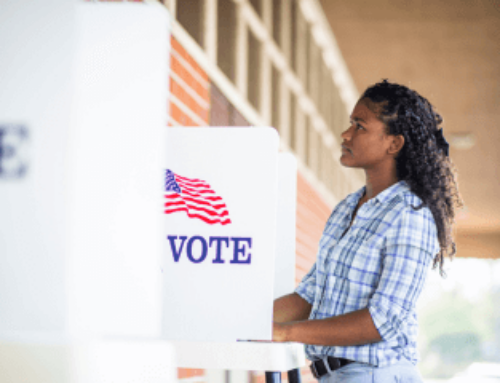Adopting permanent standard time is suggested for public health and safety
DARIEN, IL — November is approaching, and with it the end of daylight saving time, when those in most of the U.S. will “fall back” to standard time by setting clocks back one hour. If the American Academy of Sleep Medicine (AASM) had its way, this would be the last time change in the U.S., and the switch to standard time would be permanent.
There is widespread support for the elimination of the biannual time change.
- In a 2020 AASM survey, 63 percent of U.S. adults indicated they support the elimination of seasonal time changes in favor of a national, fixed, year-round time.
- The AASM and other organizations representing health, safety and education recommended eliminating seasonal time changes and adopting permanent standard time for improved public health and safety in a 2020 AASM position statement.
- In early 2021, Sen. Marco Rubio of Florida and several Republican and Democratic colleagues reintroduced in the U.S. Senate a bill that would make daylight saving time permanent across the U.S.
Eliminating Seasonal Time Changes
There is ample evidence of the negative, short-term consequences of seasonal time changes. Studies have found an increase in car accidents during the week following the change to daylight saving time and an increase in patient-safety related incidents associated with human error in the week following the transition into and out of daylight saving time. Other negative effects of the time change in the spring include increased risk of stroke and hospital admissions, and increased production of inflammatory markers, one of the body’s responses to stress. Conversely, another study found that in the fall, during the shift from daylight saving time back to standard time, there was a reduction in the rate of cardiovascular events, suggesting that the risk of heart attack may be elevated because of chronic effects of daylight saving time.
“Light is the most powerful timing cue for the human body clock,” said Erin Flynn-Evans, who has a doctorate in health and medical science and is director of the NASA Ames Research Center Fatigue Countermeasures Laboratory and a consultant to the AASM’s Public Safety Committee. “Shifting to permanent daylight saving time in the winter would result in more darkness in the morning and more light in the evening, leading to misalignment between the body’s daily rhythm and the timing of routine social obligations, like work or school. That has the potential to make it harder for most people to fall asleep at night, disrupting sleep quality and leading to sleep loss, which can negatively impact health and safety.”
While there is debate about how the merits of permanent daylight saving time would compare with permanent standard time, the AASM position is that a change to permanent standard time is best aligned with human circadian biology and has the potential to produce beneficial effects for public health and safety.
Tips for Managing the Time Change
For now, the November switch back to standard time is still a reality. As it begins to get dark earlier in the evening, it is the ideal opportunity to reset your body clock for an extra hour of sleep. To maximize the benefits of the hour gained from the fall time change, the AASM recommends the following healthy sleep tips for anyone who is getting insufficient sleep:
- Wait to change your clocks until it is time to get ready for bed.
- Go to bed at your usual bedtime.
- Just before getting into bed, set your clocks back one hour.
- Wake up at your standard wake time.
- Take note of how much better you feel after an extra hour of sleep.
- On the Sunday after the time change, your normal bedtime will be an hour earlier. Go to bed at this earlier time to reset your sleep schedule to achieve longer sleep.
###
About the Survey
The American Academy of Sleep Medicine (AASM) commissioned an online survey of 2,007 adults in the U.S. The margin of error for the sample fell within +/- 2 percentage points with a confidence interval of 95%. The fieldwork took place between July 17-20, 2020. Atomik Research is an independent market research agency.
About the American Academy of Sleep Medicine
Established in 1975, the American Academy of Sleep Medicine (AASM) is advancing sleep care and enhancing sleep health to improve lives. The AASM has a combined membership of 11,000 accredited member sleep centers and individual members, including physicians, scientists and other health care professionals.





